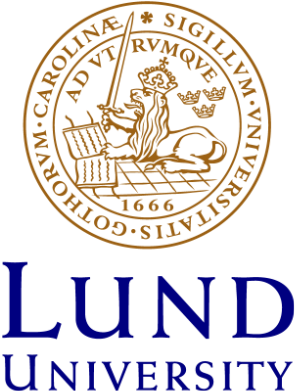Search results
Filter
Filetype
Your search for "*" yielded 534764 hits
No title
Regression on manifolds using kernel dimension reduction
We study the problem of discovering a manifold that best preserves information relevant to a nonlinear regression. Solving this problem involves extending and uniting two threads of research. On the one hand, the literature on sufficient dimension reduction has focused on methods for finding the best linear subspace for nonlinear regression; we extend this to manifolds. On the other hand, the lite
Tourism and Water
Counting Thin Subgraphs via Packings Faster Than Meet-in-the-Middle Time
Vassilevska and Williams (STOC 2009) showed how to count simple paths on k vertices and matchings on k/2 edges in an n-vertex graph in time n^{k/2+O(1)}. In the same year, two different algorithms with the same runtime were given by Koutis and Williams (ICALP 2009), and Björklund et al. (ESA 2009), via nst/2+O(1)-time algorithms for counting t-tuples of pairwise disjoint sets drawn from a given fa
Tredje rikets estetik
This article reflects on the aesthetics and visual culture of Nazism, as well as its troubling legacy to the world.
Filmåret 2010: Udda uppstickare, usla uppföljare
Krönika om 2010 års filmer med fokus på svenska 1970-talsskildringar, amerikanska storfilmer, amerikanska dokumentärer, Roman Polanski, Sherlock Holmes på bio och tv, amerikanska spelfilmer om Irakinvasionen.
Swedish Gothicism from Saint Birgitta (d. 1373) to the Poetess Sophia Elisabeth Brenner (d. 1730)
The birth and development of Gothicist ideas and their use in Spanish-Swedish contacts
C. K. Williams och konsten att skapa naturens musik
Why constitution? ; What constitution? ; Constraints on majority rule
Prosody provides cues to morphosyntactic structure : an EEG-fMRI study of neural networks subserving Swedish word tone processing
"Lucy Church amiably" : nonsense and the production of meaning
Economy and Demography in Western Scania, Sweden, 1650-1900
Culture and Experience in a Post-Sightseeing Society
SWIPA Synthesis: Implications of Findings
Att tolka döda kroppar
Structural behavior of Dy-157,Dy-158,Dy-159 in the I=30-50h spin regime
Significant extensions to the high-spin excitation spectrum of the N = 91, 92, 93 isotopes Dy-157,Dy-158,Dy-159 have been achieved using the high-efficiency gamma-ray spectrometers Euroball and Gammasphere. These nuclei were populated via weak 3n or alpha xn exit channels in fusion evaporation reactions. In Dy-157, the yrast band has been extended to I-pi = (2)/(101+) (tentatively to (2)/(105+)) w
Den långa medeltiden
An introduction to a book on village formation and village structure during the Middle Ages in Scania, that puts the following studies in a wider framework focussing on issues of aristocratization and urbanization and on larger cycles of expansion and regression in the Eurasian world. The text also argues that the Swedish or Nordic periodization of the Middle Ages should be abandoned in favour of
